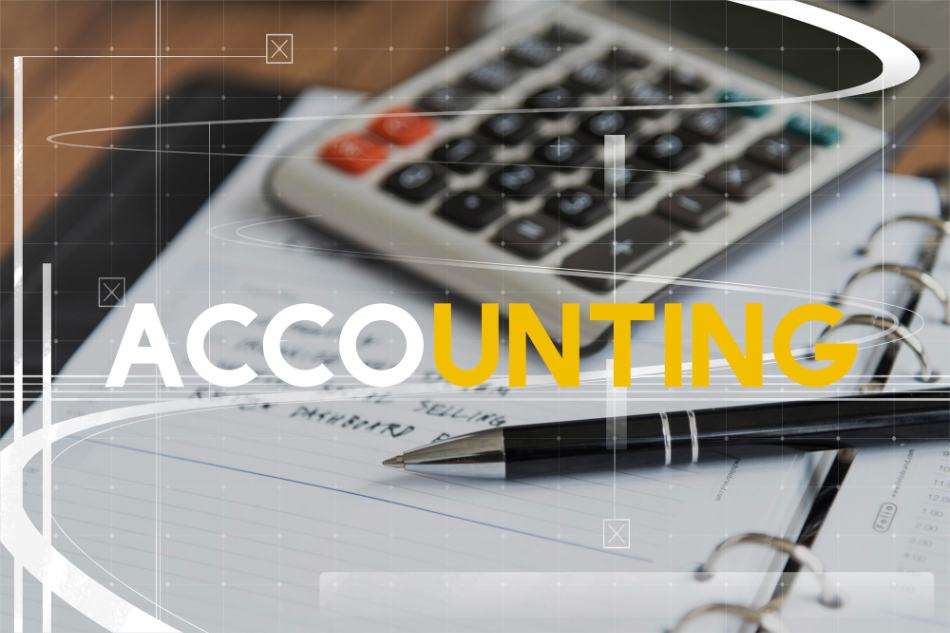The thought of growing your retirement savings can seem daunting, especially when considering the vast array of investment options available. For those considering a more hands-on approach, a self-directed Individual Retirement Account (IRA) can provide a suite of benefits compared to traditional ‘all-in-one’ accounts. The ability to choose your own investments gives investors a much greater degree of control over their retirement portfolio and has the potential to yield higher returns than more traditional approaches. In this article, we’ll take a look at how self-directed IRAs can help to grow your retirement savings, how they differ from other IRAs, and the types of investments you can make with a self-directed IRA.
Unlock the Benefits of a Self-Directed IRA to Grow Your Retirement Savings
A Self-Directed IRA can provide investors with the opportunity to move beyond traditional securities and access a variety of alternative assets. These alternative investments can be used to complement existing retirement portfolios and may offer the potential for notable diversification, tax-advantaged growth, and greater financial flexibility.
Understanding the basics and considerations of owning a Self-Directed IRA are critical. With a Self-Directed IRA, the owner directs their own investments instead of relying on a third-party financial institution. Although the Internal Revenue Service (IRS) rules governing retirement accounts apply to Self-Directed IRAs, the account holder has greater flexibility to select and direct their own investments. Setting up and maintaining a Self-Directed IRA requires special knowledge and expertise—and often the help of experienced tax and legal professionals.
It’s important to consider the type of Self-Directed IRA you’d like to set up. There are two types: a Traditional IRA or a Roth IRA. With a Traditional IRA, contributions are made with before-tax dollars and qualified distributions are tax-deferred, while with a Roth IRA, the contributions are made with after-tax dollars and qualified distributions are tax-free. It’s important to choose the right type of IRA to ensure that you’re taking advantage of the tax benefits.
Enhance Your Portfolio Diversification with Alternative Assets
By using a Self-Directed IRA, investors can broaden their portfolios beyond the traditional stocks, bonds, and mutual funds. With a Self-Directed IRA, you have the potential to access a variety of alternative investments including real estate, private equity, limited partnerships, promissory notes, tax liens, and precious metals. There are a range of alternative investments to choose from and each has its own unique risks, potential returns, tax implications, and legal considerations.
Capitalize on Tax Advantages in a Self-Directed IRA
Self-Directed IRAs offer several tax advantages that can help investors grow their retirement savings over time. By holding alternative investments in a Self- Directed IRA, investors can defer, reduce, or even eliminate taxes on their earnings by taking advantage of tax-deferred, or tax-free, growth. Contributing to a Self-Directed IRA can also reduce your taxable income, potentially reducing the amount of income taxes you owe, while distributions from a Self-Directed IRA are typically tax-free if you follow the proper rules. It’s important to consult with tax and legal professionals to ensure that you’re taking full advantage of the tax benefits.
Take Control & Make Strategic Decisions Unique to You
With a Self-Directed IRA, you have more control over your investments and can tailor your portfolio to reflect your individual financial goals. You have the responsibility and flexibility to make decisions that best suit your personal risk profile and financial objectives. You have the ability to select and purchase investments that you believe will benefit your retirement plan, and you can monitor, adjust, and diversify your investments as needed.
Learn What You Can & Can’t Do with a Self-Directed IRA
The IRS has certain rules and regulations that must be followed when it comes to Self-Directed IRAs. The prohibited transaction rules detail what you can and cannot do with a Self-Directed IRA, and must be followed. For example, investing in collectibles, such as art, rugs, or antiques, are prohibited transactions. While you can purchase real estate through a Self-Directed IRA, you cannot use the investment property for personal use such as vacation homes. You cannot borrow against your IRA, nor can you receive any direct or indirect benefit from the account. It is important to familiarize yourself with the prohibited transaction rules so that you don’t put your retirement savings at risk.
Generate Different Sources of Income for Retirement
A Self-Directed IRA can help you generate different sources of income for retirement. With a Self-Directed IRA, investors can access investments that may generate income in various forms, including interest, dividends, and rental income from real estate investments. The income you generate can be used to supplement your income in retirement or used to make additional investments to grow your retirement savings.
Find Expert Guidance to Help Navigate the Self-Directed IRA
Navigating the complexities of Self-Directed IRAs can be challenging. It’s important to find expert guidance from experienced tax and legal professionals to ensure you’re making the best decisions for your individual needs. Experienced professionals can help guide you through the process of setting up your Self-Directed IRA, selecting investments, and understanding the tax implications. They can also provide insight into the different types of investments available, enabling you to make informed decisions regarding your retirement savings.
Take the Right Steps to Protect Your Retirement Savings
When setting up and managing a Self-Directed IRA, it’s important to ensure that you’re taking the necessary steps to properly protect your retirement savings. You want to ensure that your investments perform well, comply with IRS regulations, and provide the potential for tax-advantaged growth over time. To help protect your retirement savings, it’s important to consult with a qualified professional who can help you create a solid strategy and provide guidance on the investments and strategies that may be best for your individual goals and financial circumstances.
Gain Greater Financial Flexibility with a Self-Directed IRA
A Self-Directed IRA can provide investors with greater financial flexibility. By letting you choose your own investments, Self-Directed IRAs allow you to customize your portfolio according to your goals and risk tolerance. Additionally, you can make informed decisions on the investments you choose and adjust or diversify your investments as needed. Through an IRA, you have wider range of investment options and can access a variety of asset classes, many of which may be unavailable through traditional retirement plans.
Conclusion
The conclusion here is that a Self-Directed IRA can be an effective and safe way to expand your retirement savings. Not only can you maximize the potential of your investments, but you can also protect them from market fluctuations. With careful planning and careful management, you can position yourself to enjoy a secure retirement. With the right information, guidance, and support, you can develop a plan that helps you reach your financial goals.










